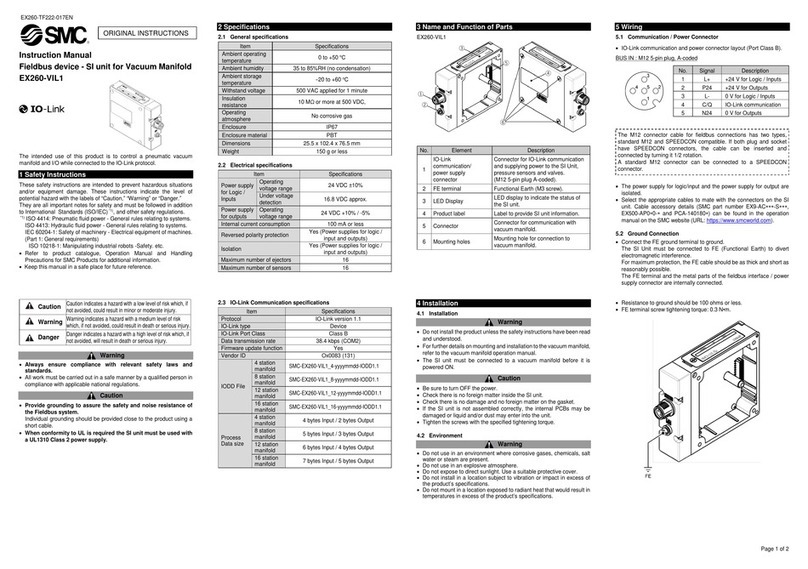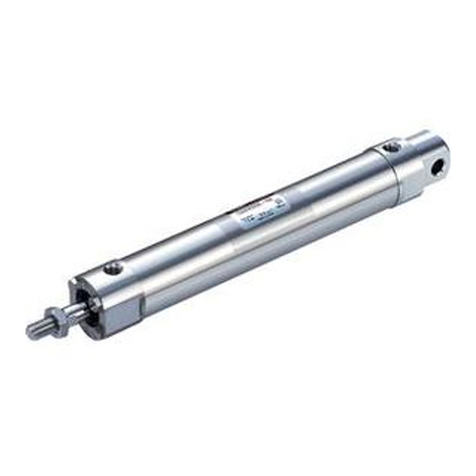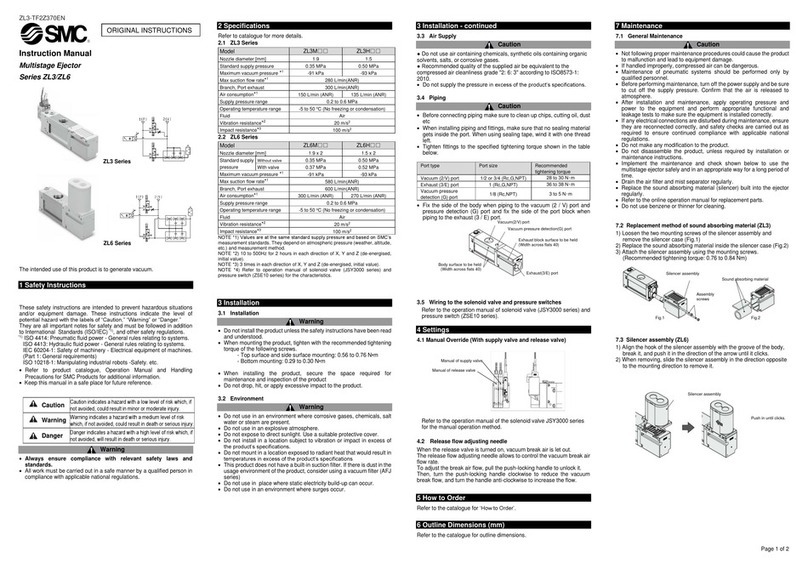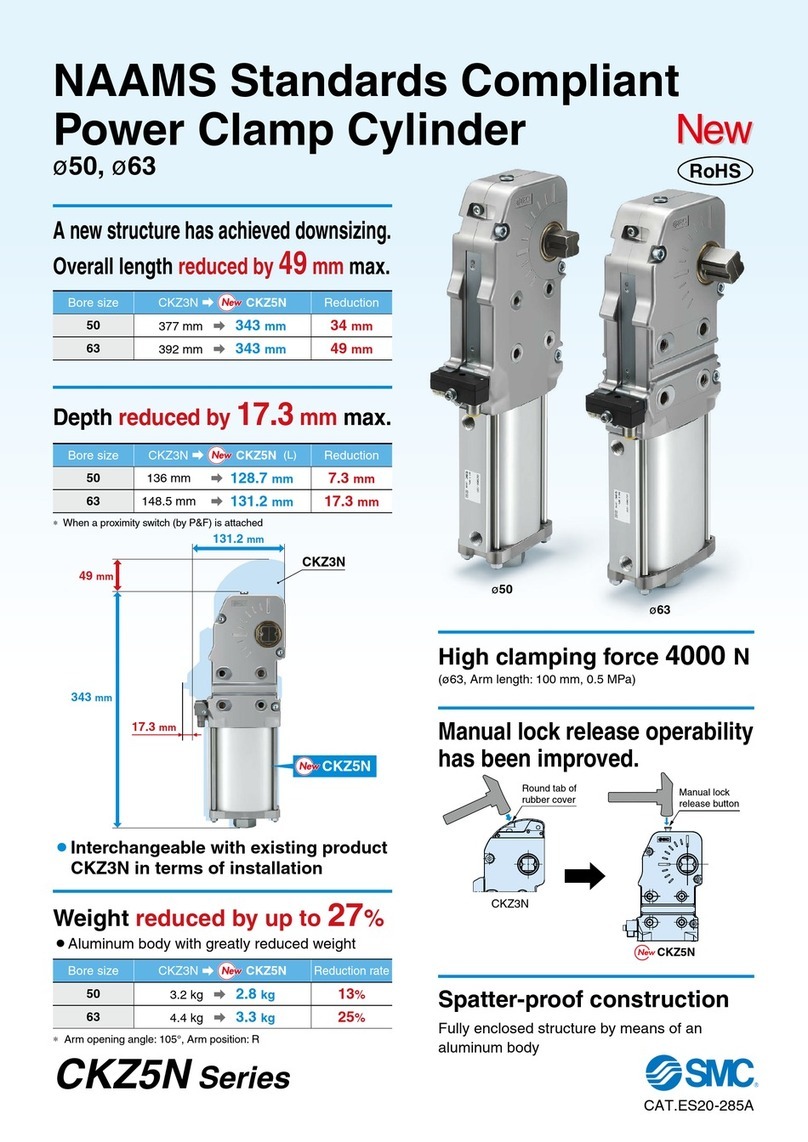SMC Networks MGZ Series User manual
Other SMC Networks Industrial Equipment manuals
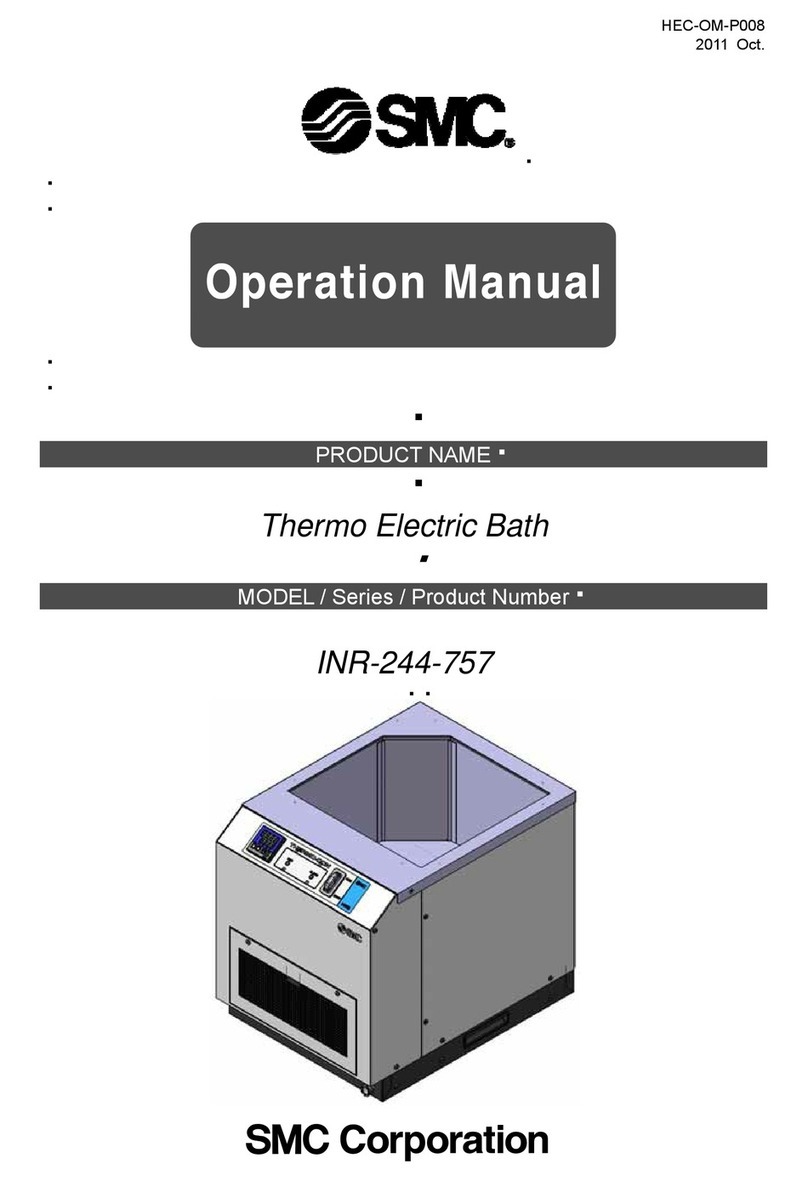
SMC Networks
SMC Networks INR-244-757 User manual
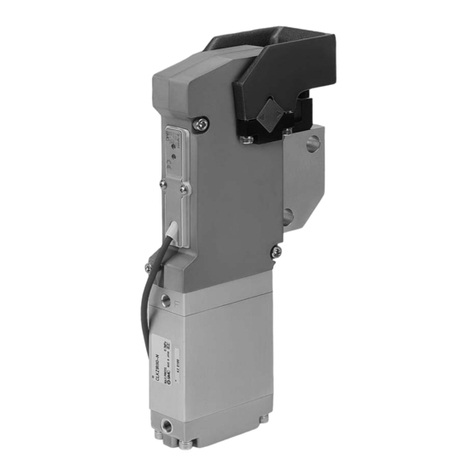
SMC Networks
SMC Networks D-NF001 User manual
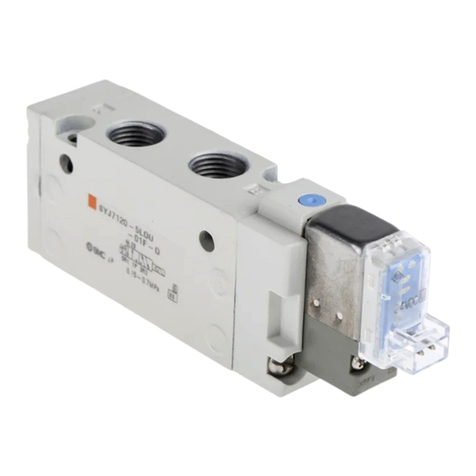
SMC Networks
SMC Networks SYJ3000 User manual

SMC Networks
SMC Networks EX260-VIL1 User manual

SMC Networks
SMC Networks CY3B Series User manual
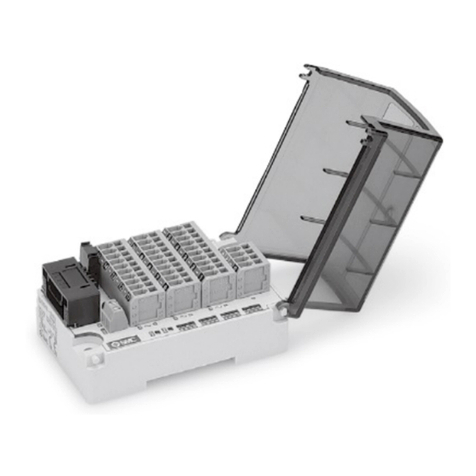
SMC Networks
SMC Networks EX510-DYN3 User manual
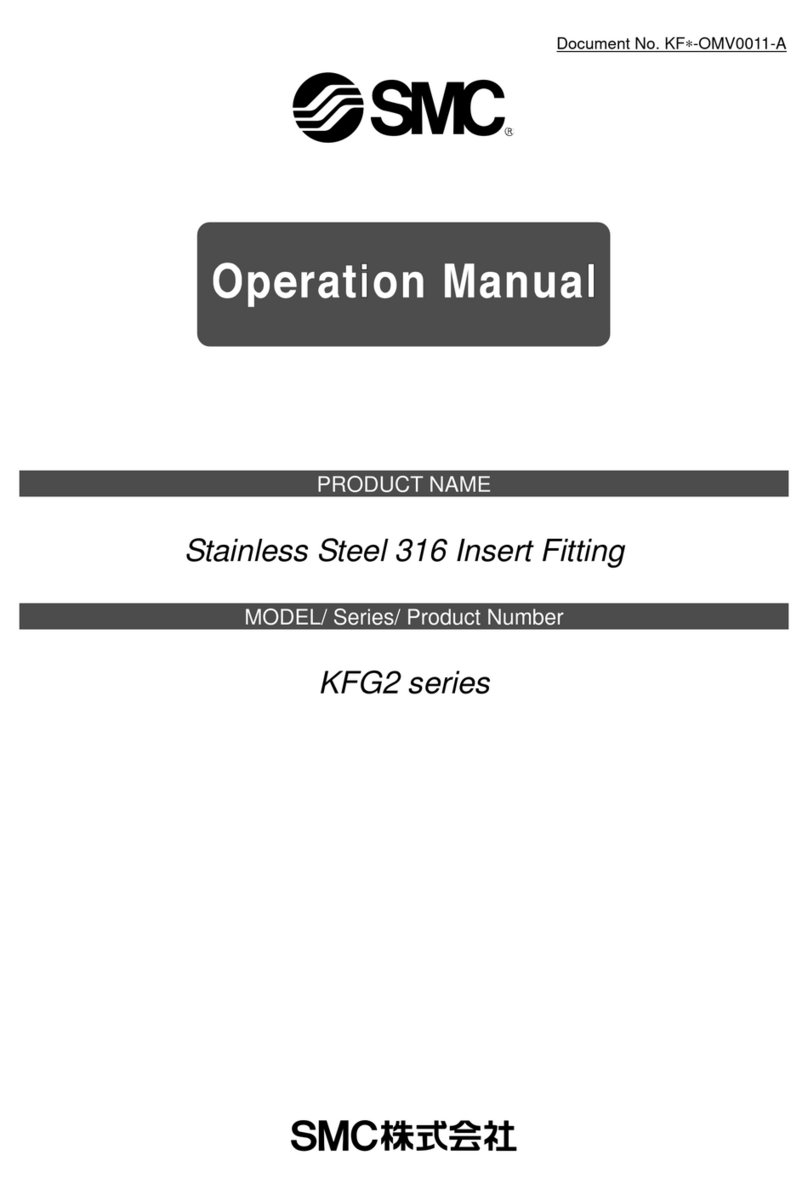
SMC Networks
SMC Networks KFG2 Series User manual

SMC Networks
SMC Networks HEBC002-WA10 User manual

SMC Networks
SMC Networks CS1 N125 Series User manual
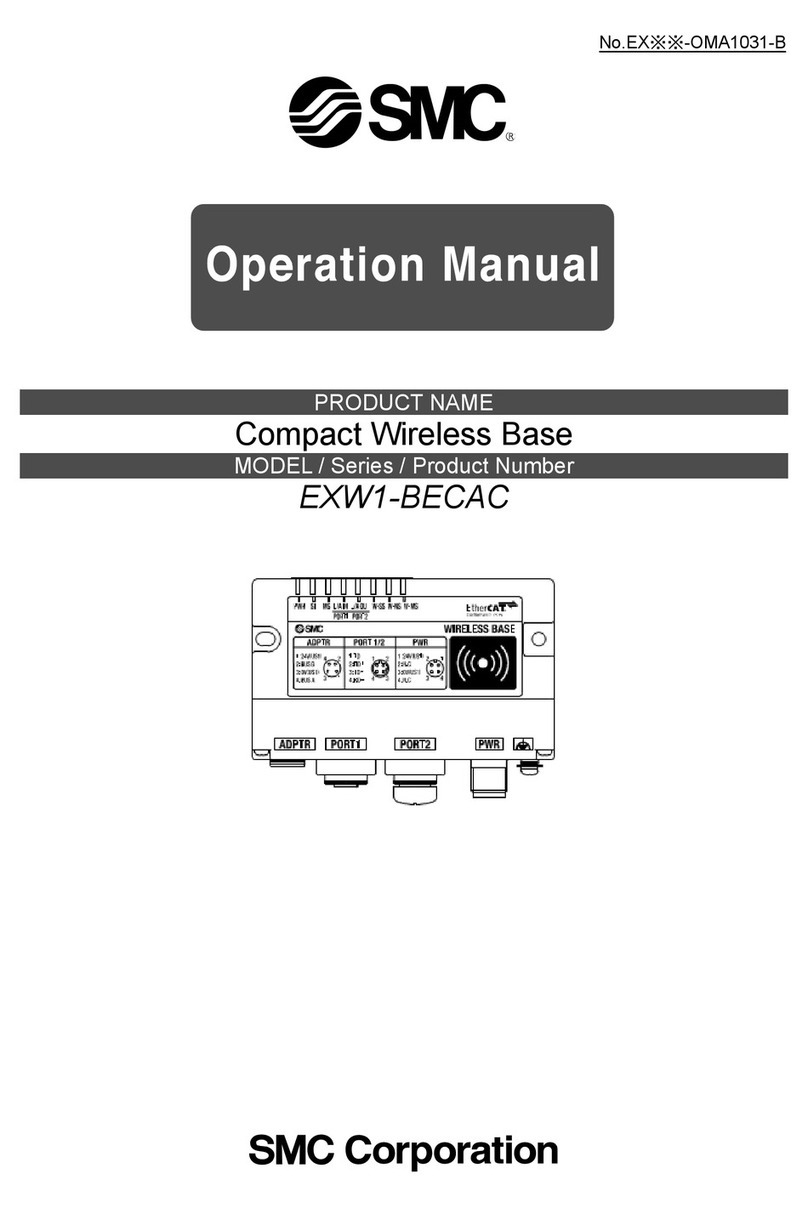
SMC Networks
SMC Networks EXW1-BECAC User manual
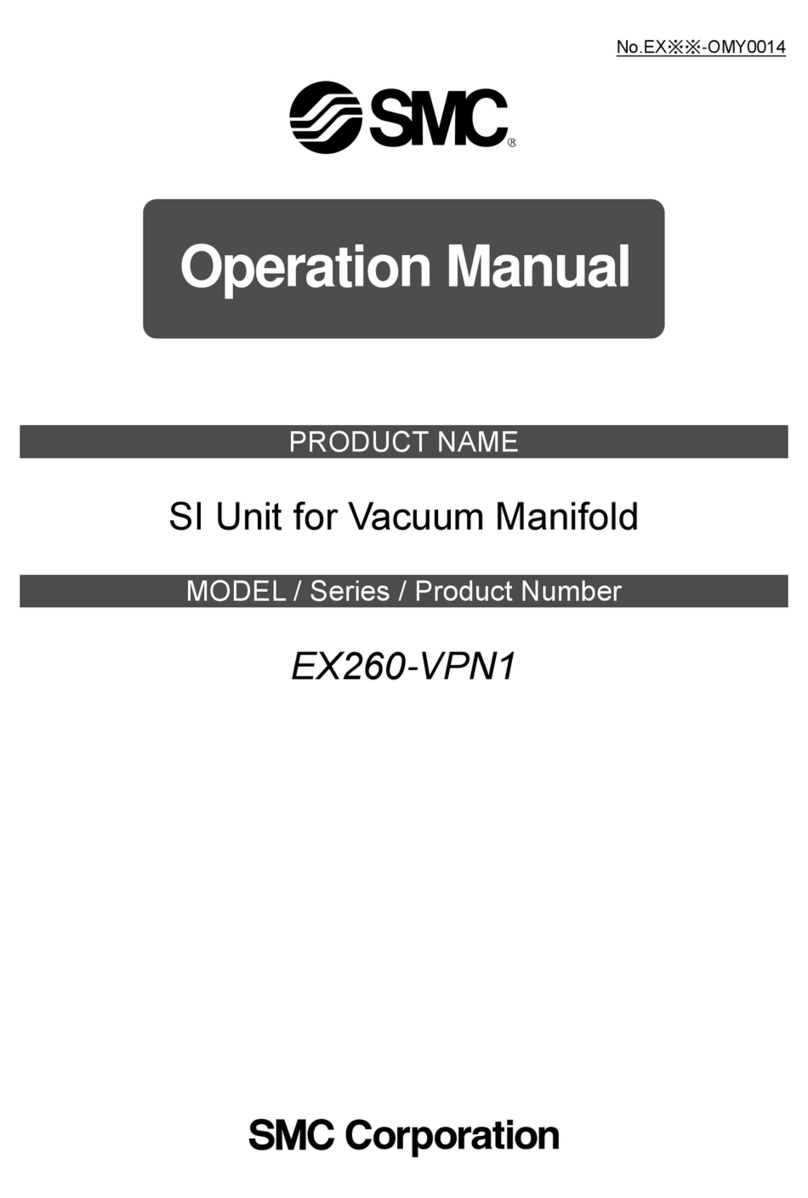
SMC Networks
SMC Networks EX260-VPN1 User manual
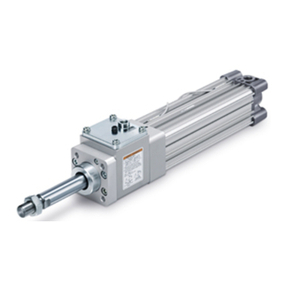
SMC Networks
SMC Networks CP96N Series User manual
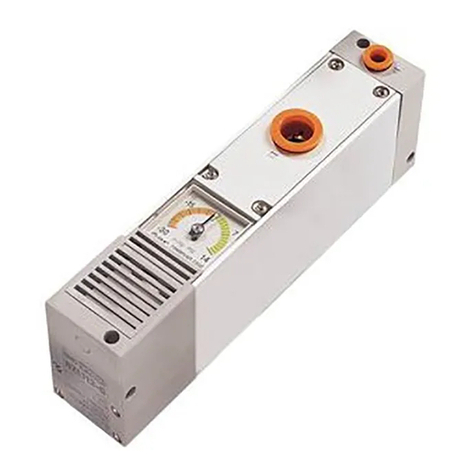
SMC Networks
SMC Networks ZL112A Series User manual
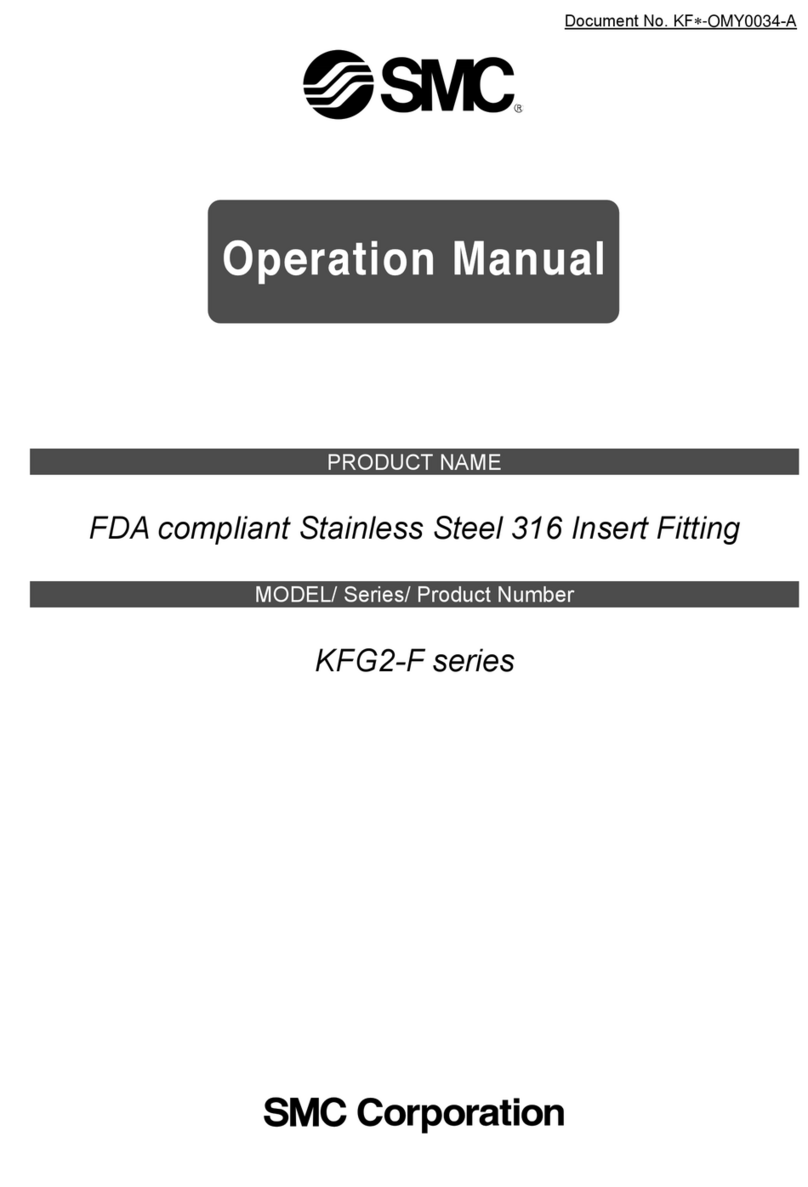
SMC Networks
SMC Networks KFG2-F Series User manual
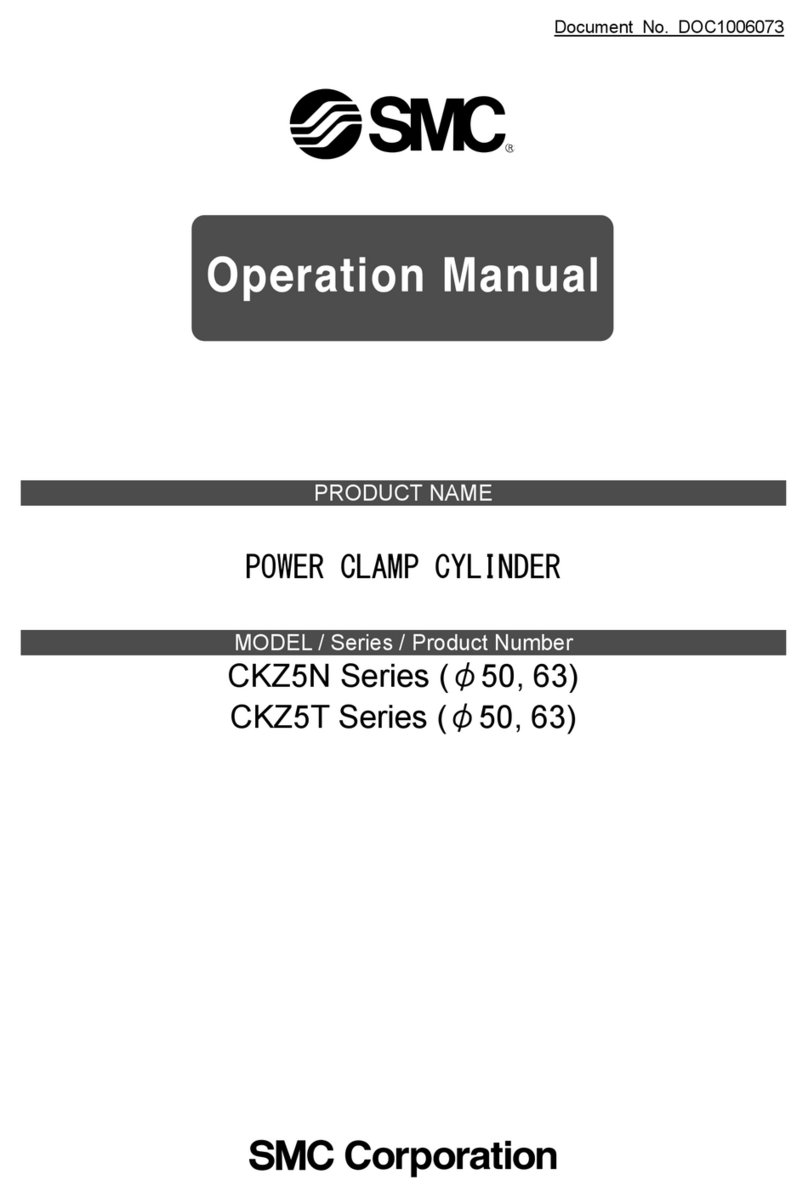
SMC Networks
SMC Networks CKZ5N Series User manual
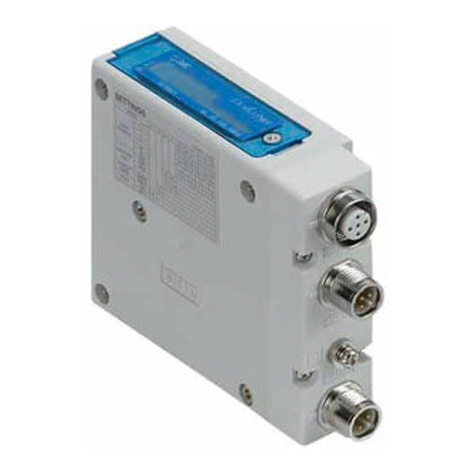
SMC Networks
SMC Networks EX260-SPN1 User manual
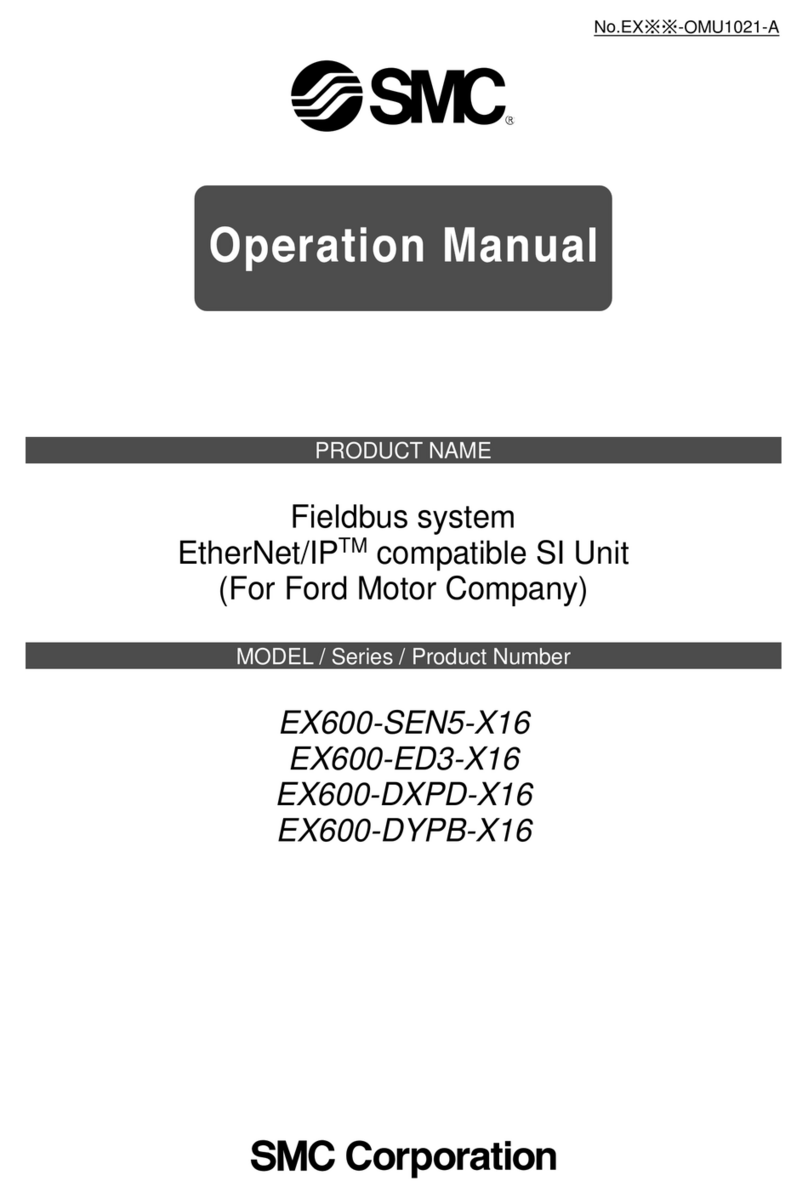
SMC Networks
SMC Networks EX600-SEN5 16 Series User manual
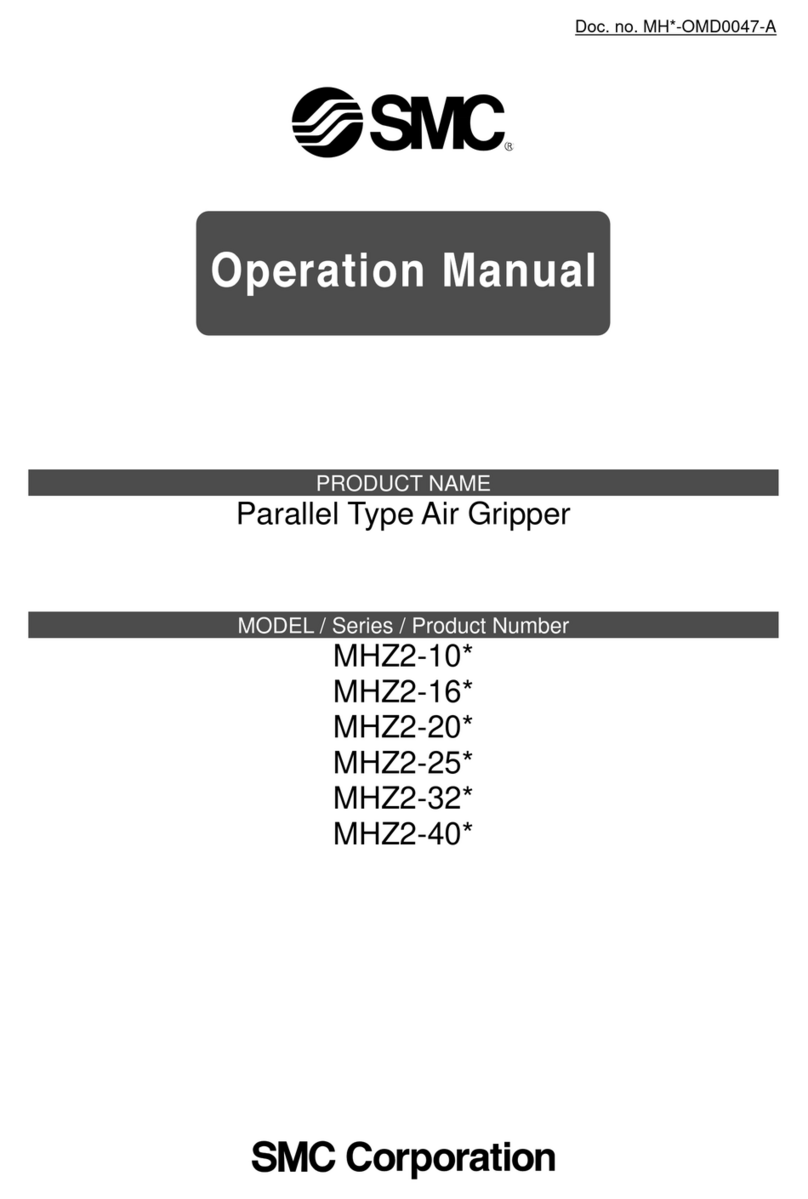
SMC Networks
SMC Networks MHZ2-10 Series User manual

SMC Networks
SMC Networks JMHZ2-8D User manual
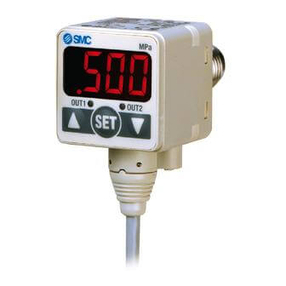
SMC Networks
SMC Networks ZSE50F User manual
